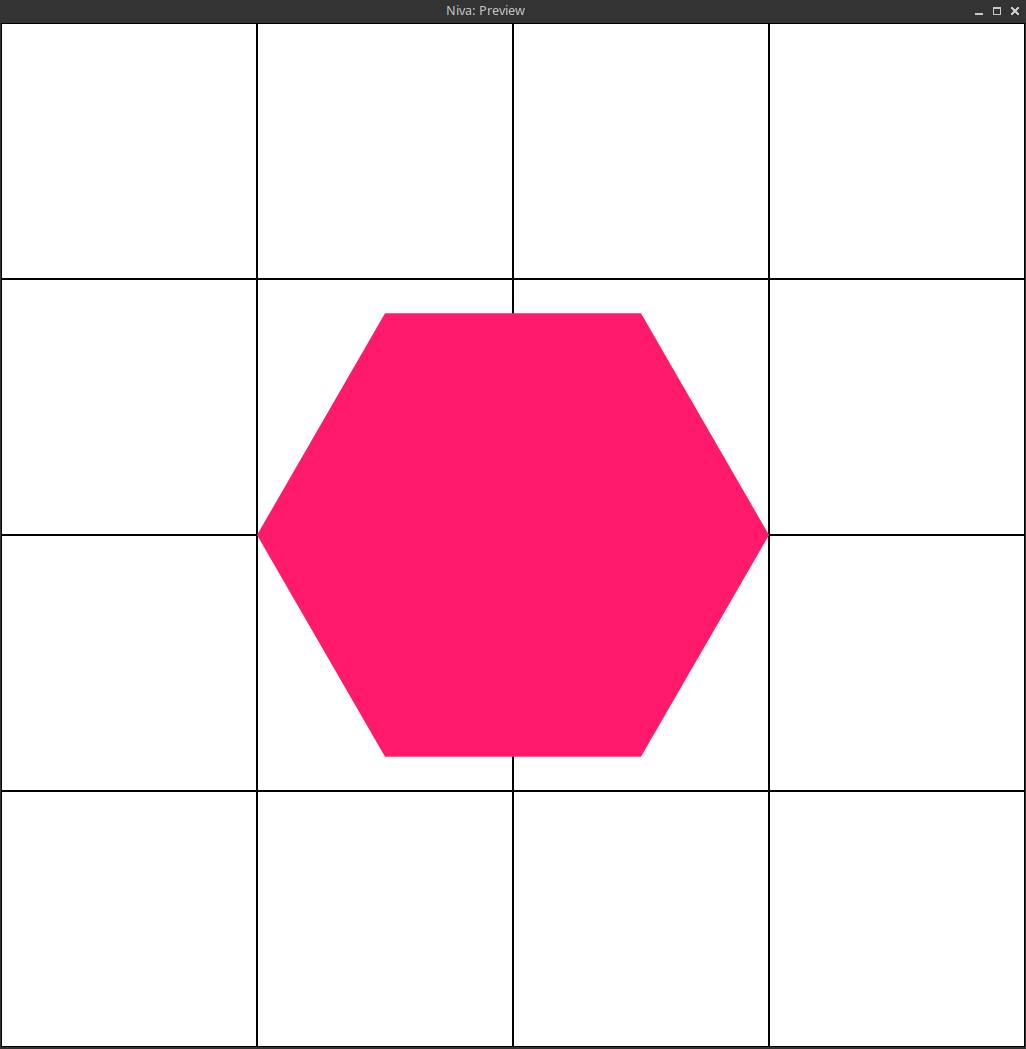2022 April Retrospective
The days, weeks and months are just flying by. Perhaps it’s just a sign that I must be getting old.
At any rate, I find that the monthly retrospectives do bare fruit, even more so than I would have thought.
Last month, with all the excitement around Flordle, I forgot to mention another small experiment that I did involving pixel art and bump mapping. The result of which you can enjoy in its full glory in the tiny video below.
One of the advantages of writing your own terminal emulator is that you can add in any feature that you want, without having to deal with anybody else.

As you can see in the screen-shot above, I ended up adding support for background images. Not the most impressive or useful of features but why the heck not.
By the way, I am still on the fence about VTE, due to the absolutely nonsensical decisions taken by its maintainers, and it takes a lot of strength to suppress the need to ditch it and roll my own widget. Please, do not tempt me Satan!
If for any reason you might want the background image seen in the screen-shot above, then you can find it over here.
I also launched a tiny Gemini capsule which can be found over at gemini://gemini.mihail.co. How long will I keep this up and operating? It’s hard to tell at this point in time, we’ll see where the four winds take us in the coming months.

Does this mean that I finished the small Gemini server that I intended to write in Go and mentioned in my end of the year retrospective? No, of course not. It would have been way to simple to do so.
I ended up rolling something rather unusual and special in a way by using ncat with its built-in --lua-exec support.
$ openssl req -new -subj "/CN=gemini.mihail.co" -x509 -newkey ec \
-pkeyopt ec_paramgen_curve:prime256v1 -days 3650 -nodes \
-out certs/cert.pem -keyout certs/key.pem
$ ncat --lua-exec server.lua -l --keep-open -m 32 --ssl \
--ssl-cert certs/cert.pem --ssl-key certs/key.pem -p 1965
-- server.lua
local f = assert(io.open("index.gmi", "rb"))
local s = f:read("*a")
f:close()
io.stdout:write("20 text/gemini\r\n")
io.stdout:write(s)
io.stdout:flush()
Of course the version I have running is a bit more advanced and can handle arbitrary paths by reading from stdin via io.read and then figuring out the requested resource path from there, but the general idea stays very much the same. I think it’s pretty neat and low maintenance, without having to roll any sort of heavy infrastructure around it in order to support it, which is always a huge plus in my eyes.
I will still come back and finish up the server in Go at some point or another, but do not hold me to it.
What I did say about seemingly random and ad-hoc side projects? Well, I started another one and without going into way too many details too early, it’s an experimental 2D graphics playground.

$ niva preview.lua --preview
-- preview.lua
local w, h = canvas_current_size()
local num_segments = 6
local theta = 2 * math.pi / num_segments
local rd = 256
local xc = w >> 1
local yc = h >> 1
local sin = math.sin
local cos = math.cos
set_line_width(2)
grid(0, 0, w, h, rd, rd)
set_color(1, 0.1 * theta, 0.4 * theta, 1)
for i=0,num_segments-1 do
local x = xc + cos(i * theta) * rd
local y = yc + sin(i * theta) * rd
line_to(x, y)
end
fill()
if argv and argv[1] == "--preview" then
canvas_current_preview()
else
assert(canvas_current_save_to_png("preview.png"))
end
-- vim: set ft=lua ts=4 sw=4 sts=4 noet:
In other news, I also started digging into the binary crate file format that is part of USDZ and boy it’s an absolute disaster. I said this a few time, but once I figure it out all and write a dependency free exporter, I will most definitely write up a lengthy post about it. Not much to report just yet!
Oh, I almost forgot. Ended up buying a snowball iCE microphone, which should provide me with some better sound quality, whenever I end up doing another coding live-stream on Twitch.
And, that is the majority of the things that I wanted to report on this month. Not great, not terrible at the same time.

2022-04-30 / retrospective